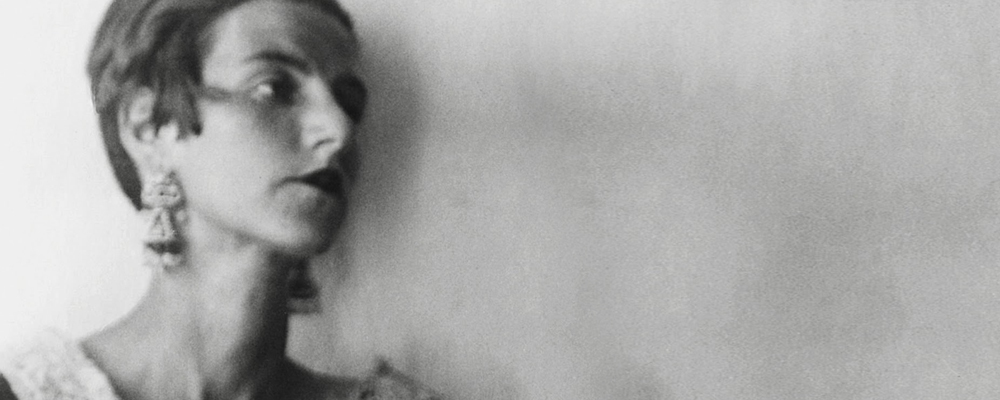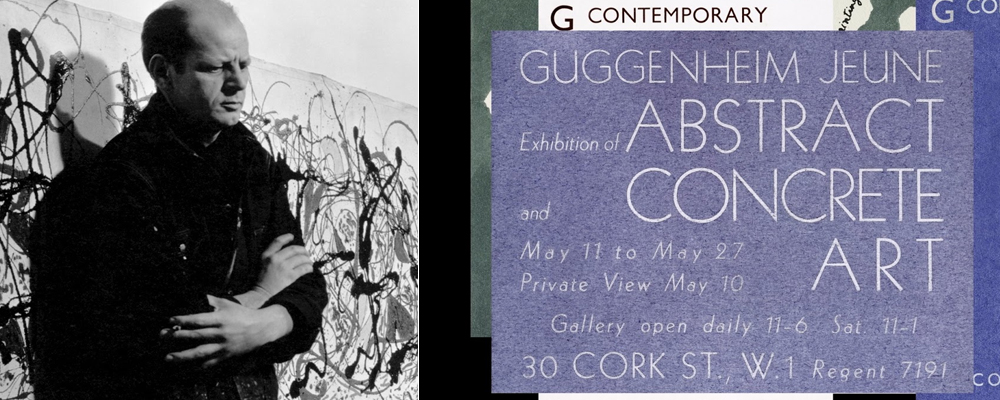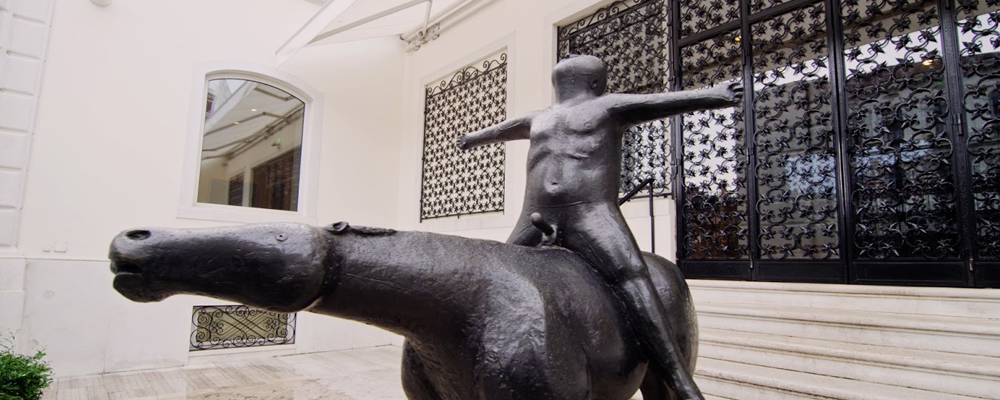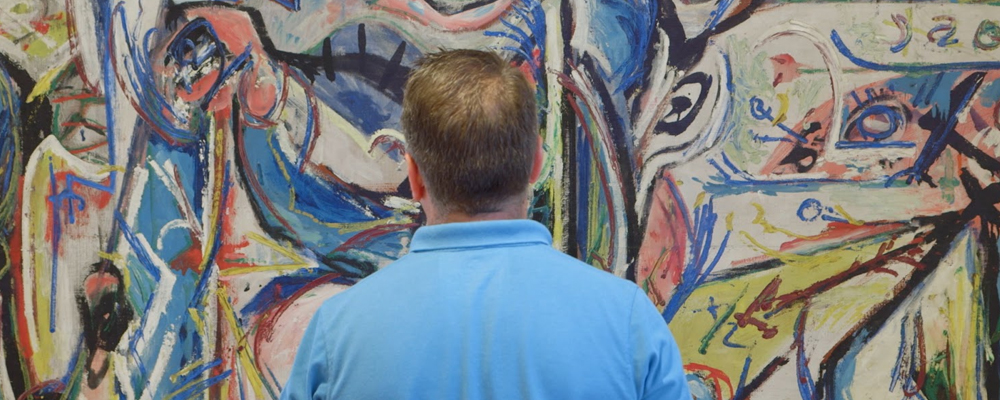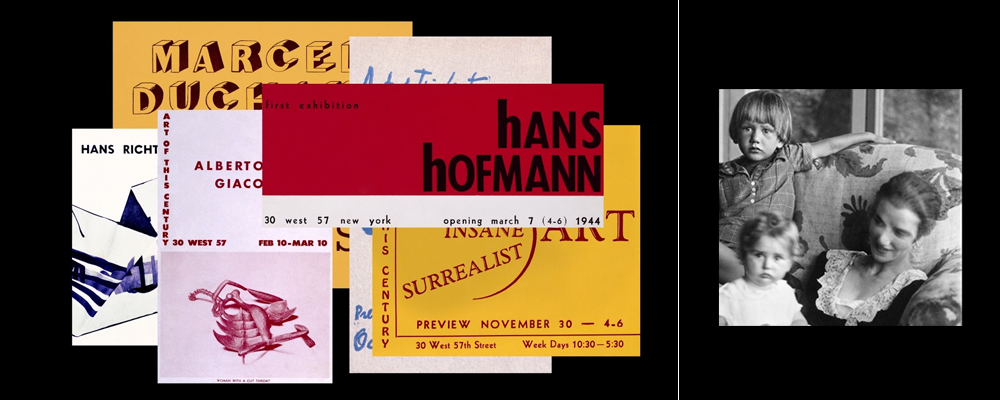Art Collector Peggy Guggenheim Subject of Fascinating Documentary
Sandra Miska
The extraordinary life of art collector Peggy Guggenheim is examined in the documentary “Peggy Guggenheim: Art Addict.” Filmmaker Lisa Immordino Vreeland does an excellent piecing together of art sequences, interviews with art experts and personal acquaintances of the Guggenheims, and Guggenheim’s own words to create a striking portrait of this woman who was ahead of a woman who was ahead of her time.
Peggy Guggenheim was born in New York in 1899 into a wealthy family. Her mother Florette, was a member of the eccentric Seligman family, while her father Benjamin was one of the Guggenheims, a family that made their fortune from mining. Benjamin died aboard the Titanic when Peggy was only 13 years old. Because his life was cut short, Benjamin never reached the level of success of some of his family members, like his brother Solomon, founder of the famed Guggenheim Museum, and as a result Peggy and her sister were considered “poor relations” of their cousins, although they ultimately inherited millions.
Peggy, who would come to be known as the black sheep in the Guggenheim clan, first turned her back on convention in her early 20s. Instead of waiting around for a suitable husband, she traveled to Paris to hobnob with avant-garde artists. There she met her first husband, sculptor and writer Laurence Vail, with whom she had two children, Sinbad and Pegeen. Following her divorce, she looked to start a business in London, pondering between a publishing company and an art gallery, eventually deciding on a gallery, figuring it would be a less costly endeavor.
It was not long before art became Guggenheim’s entire world. “It was my freedom,” she told her biographer Jacqueline B. Weld. “My liberation.”
Guggenheim went on to patronize and nurture numerous modern artists, including Jackson Pollock and Marcel Duchamp, often giving them an allowance, as in those days there were no grants or fellowships available to artists like there are today.
Perhaps the most extraordinary thing about Peggy is the action she took shortly after the outbreak of WWII. In 1939, she traveled to Paris to amass a collection of art that she took with her to New York. Not only did she save priceless works of art, but she also saved many artists who were in danger of being targeted by the Nazis anti-art movement.
She went a step further by marrying German artist Max Ernst, an arrangement that allowed him to stay in the States permanently. Although Peggy may have been in love with Ernst, in the end he was just another lover who took from her more than he gave.
“I’m sure there were some people who took advantage of her, but she was a shrewd woman also,” Immordino Vreeland told Entertainment Voice. She was really intent on building a collection and being able to share this collection with the public, and she did that.”
And build a collection she did, including many pieces she donated to museums, only selling what she needed to in order to maintain her galleries. Today, the majority of her parcel resides in Venice at the Peggy Guggenheim Collection and in New York in her “uncle’s garage” – The Guggenheim, which is ironic considering Solomon Guggenheim refused to take his niece seriously as an art collector during his lifetime.
“Peggy Guggenheim: Art Addict” also tells of the sadness in Guggenheim’s life. “Working mother” wasn’t really a term in her day, and her children often felt neglected, relegated second in her life to her art collection. She was also condemned by many for her numerous public lover affairs.
Guggenheim, however, refused to be shamed, and even wrote an autobiography in which she detailed her sexual exploits. One doesn’t need to be an art fanatic to appreciate this portrait of a woman who lived life on her own terms.
“Peggy Guggenheim: Art Addict” is currently playing in New York. It opens Nov. 13 in Los Angeles, with a national release to follow.

